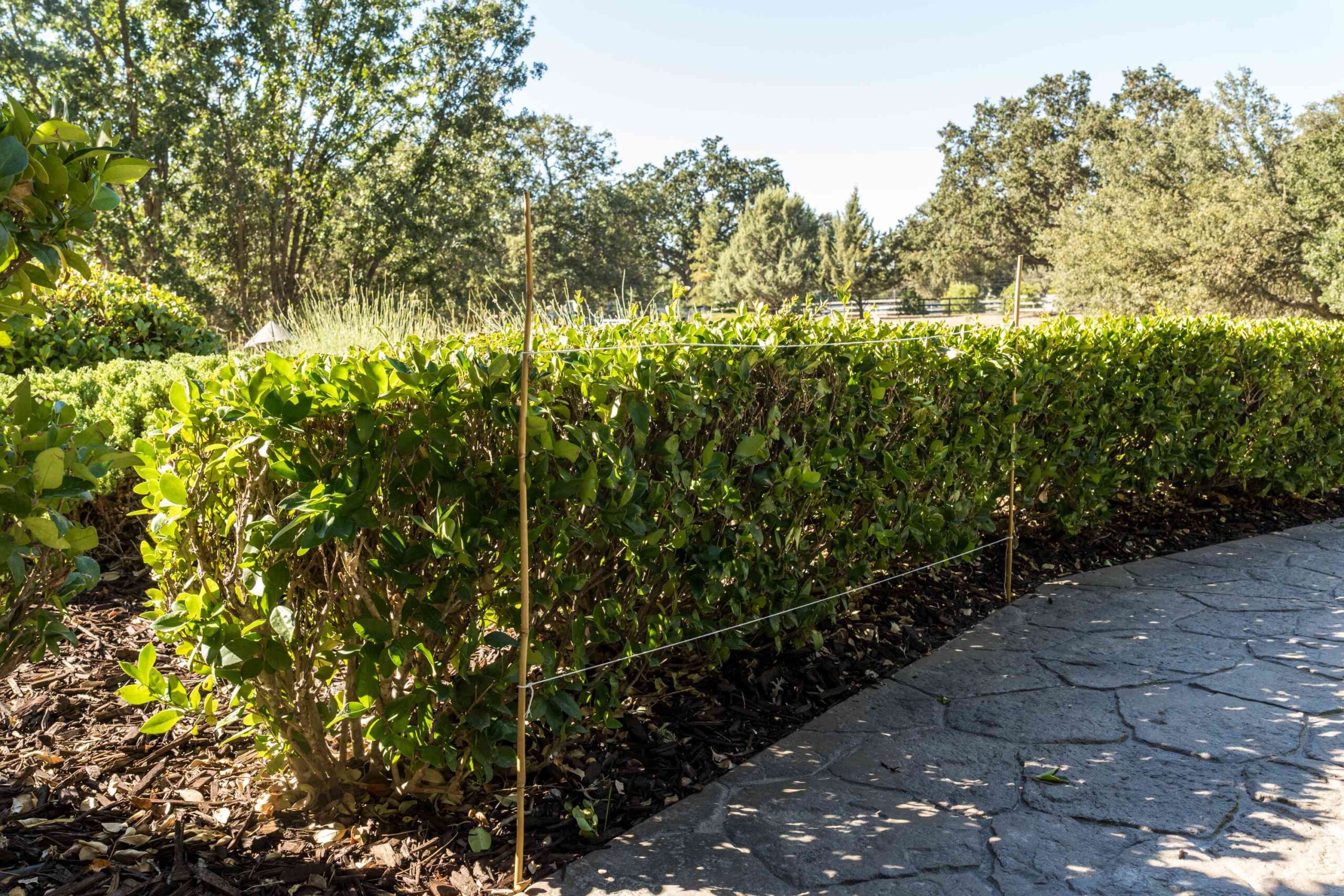Tips for Removing or Cutting Hedges
How to Remove Hedges
This article tells you step-by-step how to get rid of bushes and gives you a list of all the tools and supplies you will need.
Why do I need to cut down the hedges?
To get rid of bushes, you might need to do a few things. For instance, they might be in the way, you might want to put something else there, or your hedges might be getting too big.
You might also need to cut down your plants before putting up new ones.
How to Remove Hedges Yourself
Step 1: Hoist
After positioning the lightweight engine hoist such that its two legs rest on opposite sides of the hedge trunk, insert a slip knot around its root, and push it into the hedge.

Step 2: Pull
Repeat the process of pulling on the hoist lever. As a result, the hedge’s roots will be pulled.

Step 3: Continue
After you’ve pulled the hedge and all of its roots out of the earth, keep pulling.

Step 4: Knot
Remove the hedge clip and untie the knot.

Step 5: Repeat
Keep going until you’ve removed every single piece of hedge by doing this to each of the trunks.

Hedge Removal Tools
- A portable engine hoist
Safety Equipment to Remove Hedges
To protect yourself from splinters, it’s recommended that you use safety gloves while doing this kind of job.
Materials to Remove Hedges
- To get rid of a bush, you won’t need any special tools.
How to Prepare for Hedge Removal
You will need to rent a portable engine hoist before you can start cutting down bushes. You can rent these for about £30 to £50 a day, and they should be easy to fold up and put in your car.
Types of Hedges
You can hedge in a number of different ways. This is a list of the different kinds of fences that people in the UK like:
Beech Hedging
A common natural hedge plant is the beech hedge. It is great for drawing wildlife and is often thought of as a great all-year hedge because its leaves stay crisp all winter.
Butterfly and moth gardens can also be made out of beech hedges.
Box Hedging
People often use box hedging to line paths or make yard borders. It comes in many sizes and shapes, and it tends to look very neat. It’s also easy to trim so it stays that way.
It’s a tough hedge plant that can handle most conditions, even dry soil and weather.
Laurel Hedging
The thick, dark green leaves of laurel hedges make it easy to spot. You can use it as a hedge to block out noise and protect your privacy.
They keep their green colour most of the year, which makes them look good all year. Another great thing about them is that they bring in birds and bees.
Leylandii Hedging
Hedges made of Leylandii are known for growing quickly and having fragrant evergreen leaves. It’s great for people who need quick ways to hedge their risks.
It’s great for blocking out noise and screen. For this reason, Leylandii is a standard and well-known choice for UK hedges.
Yew Hedging
Yew hedges are a common type of natural evergreen conifer. That being said, these are great for privacy screens and can cover you all year long.
Birds, bees, and other animals will love this type of bush. It’s a great fence for tough spots because it can grow in full sun or shade.
How to Take Care of Hedges
Should you decide to keep your bushes, you should take care of them regularly to make sure they look nice. Some usual tasks for maintaining hedges are:
Pruning
As part of regular hedge care, pruning involves cutting back certain branches to make the hedges bigger, healthier, and more stable.
Pruning also helps plants grow and works with their shape to make a setting that looks natural.
Shearing
By cutting off the plant’s edges with hedge shears, shearing hedges is a great way to make formal and aesthetically lovely shrubs.
Unlike trimming, this doesn’t make the plant grow faster because it’s mostly used for looks.
Trimming
Shearing and trimming hedges are both related tasks. This method, on the other hand, is meant to cut down overgrown bushes so that they can get water and light again.
Hedge trimmers can also be used to get rid of diseased twigs and make the hedge look better the whole time.
Watering
Watering your bushes regularly is one of the most important things you can do. Every hedge needs about 5 litres of water twice a week.
This will support and keep the bush healthy, and it will also make the plants strong and full of life.
When you water your plants at night, there is less chance that the water will evaporate than when you water during the day.
Weeding
It is very important to get rid of weeds from your hedges, especially when they are first starting to grow. Weeds can change the way your hedges grow by killing off young hedge plants and slowing down growth.
You can strim weeds out of your hedges and put mulch around the base of the hedge to keep weeds from coming back.
Weed killer can also be used on your fence plants. For this, October through April is the best time because the weather is cooler.
This will not only kill the weeds that are already there, but it will also stop new ones from growing in the future.
FAQs
How do you get rid of bush roots?
Use the method we describe in this piece. It’s the best way to get rid of hedge roots. To tie a knot at the roots, you will need to use an engine hoist. After that, you can use the hoist’s lever to lift the roots out of the ground.
When is the best time to cut my hedges?
You can cut your bushes whenever you want. You should not trim, though, from March to July, when birds are nesting.









